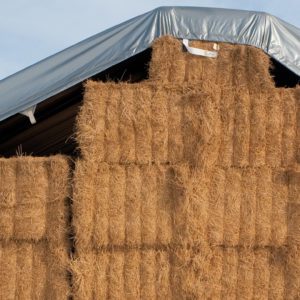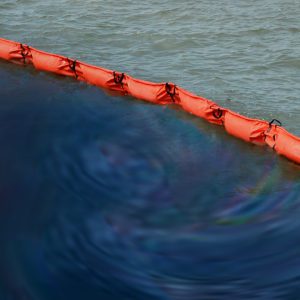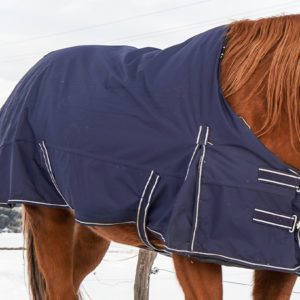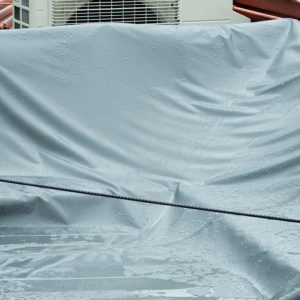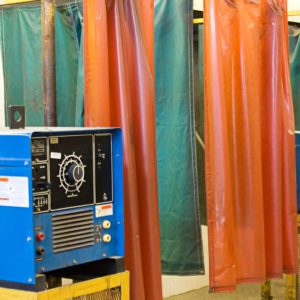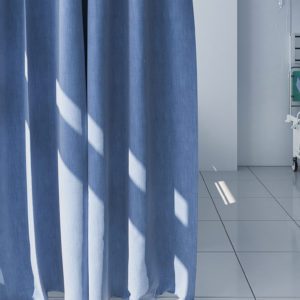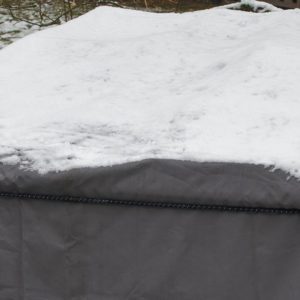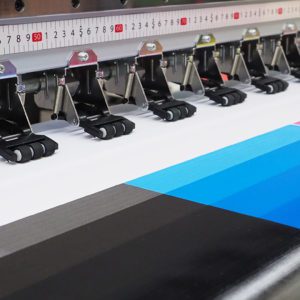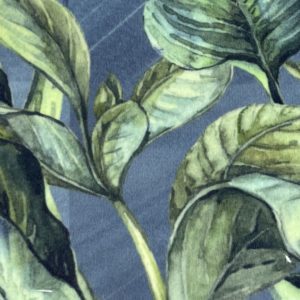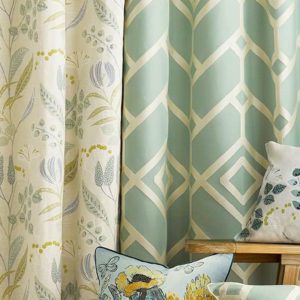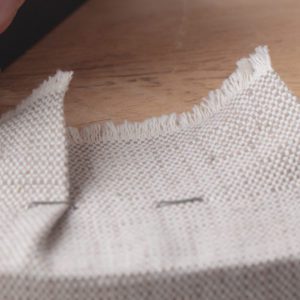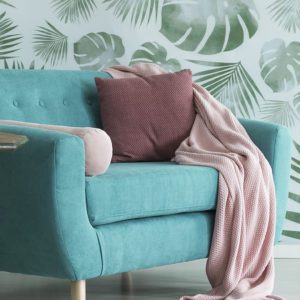Overview
This article gives an overview of the textile printing industry. It discusses the various printing methods and briefly touches on their advantages and disadvantages.
Surface Printing Methods
Surface printing is any printing where the color remains on the surface of the fabric and does not penetrate the fiber of the fabric. Common types of surface printing include:
Note: Because the colorant sits on the surface and does not penetrate the fabric, surface printing is good for single sided printing. Surface printing does not work for any application that requires dye to penetrate through the fabric, like flags.
Pigment Printing
Because pigments can be used on any type of fabric, including blends, most fabrics are printed using pigments. A pigment is color plus a binder. The binder is a glue that holds the color onto the surface of the material. In screen printing, binder is mixed in with the colorant – there is no need to specially treat the fabric. With digital printing, the fabric is pre-treated with a binder to avoid clogging the small print heads.
- When the binder is applied correctly it has extremely good color fastness, light fastness, and wash and crock fastness.
- When the binder is not applied correctly there can be problems, such as crocking and inconsistent color.
- Recirculating heads take care of cleaning the machine so that the glue doesn’t harden through the lines/heads.
- Pre-treatments can add binder to fabric prior to printing and crosslinks to the fabric after printing so that the fabric doesn’t crock or bleed (rub fastness or wash fastness).
- Kornit has a patented system that puts the binder on through a separate print head called Fixation On Demand (FOD).
Pigments are the only way to print a wide variety of fabric blends. Everyone is trying to work to create a binder that has smaller molecules that will fit through the same head as the pigments, or create a bigger head. Once the binder challenges are resolved, the sky’s the limit!
Advantages of Pigment Printing
- Light fastness, color fastness, crock fastness.
- Hand may be rougher due to pigments sitting on the fabric surface.
Note: Research is being done constantly and the pigment printing technology is changing rapidly. It won’t be long before the binder dilemma is solved.
UV Printing
UV printing is another type of pigment printing. With UV printing the pigment is cured using ultra violet (UV) light.
Advantages of UV Printing
- Excellent lightfastness.
- No crocking issues.
- Few restrictions on substrates.
- Indoor and outdoor applications.
Disadvantages of UV Printing
- Hand can be stiffer than desired, depending on end use.
- Ink may become rigid and fracture when used on fabric.
- There is a smell, depending on the machine and ink set used.
- Not eco friendly – harmful to the environment.
Best Substrates for UV Printing
-
- Vinyl
- Vegan leather
- SunMaster®
- G&O umbrella fabric
- Drapery
- Polyester wallpaper
Note: There are many other substrates UV printing is used on (i.e. metal, ceramic tile, glass, and wood).
Latex Printing
Latex printing is a form of pigment printing. HP is the only company that has successfully developed effective latex printers and inks. It’s cured with heat on the printer.
Advantages of Latex Printing
- Extremely high color fastness to light.
- Few substrate restrictions.
- No odor.
- Eco friendly.
- All of the advantages of UV without the disadvantages.
Disadvantages of Latex Printing
- Low crock fastness without binder pre-treatment.
Best Substrate for Latex Printing
- TVF latex performance fabrics
- Films
- Wall coverings
- Vinyl
TVF Most Recommended Fabrics for Latex Printing
Solvent Printing
Solvent printing is used mostly for vinyl signage. The solvent acts as a carrier for the pigment; the pigment is actually in liquid form. A top coat is sometimes used on the vinyl to create more vibrant colors, however it may not always be necessary.
WARNING
Solvents and eco-eolvents are harmful to the environment and your health.
Advantages of Solvent Printing
- Long lasting.
- Less expensive than other methods.
- Colorfastness and lightfastness is great.
Disadvantages of Solvent Printing
- Bad for the environment (never breaks down in landfills).
- Bad for your health.
- Smells terrible.
Best Substrates for Solvent Printing
Summary
There are four main types of surface printing: pigment printing, UV printing, latex printing and solvent printing.
Pigment printing can be used on most substrates, however when digitally printed, the fabric must be pre-treated with binder to ensure proper coverage. UV printing uses UV light to cure the inks, however it is not as eco friendly as Latex printing, which has excellent color and crock fastness while being environmentally friendly. Solvent printing is the least environmentally friendly and typically used on vinyl.
